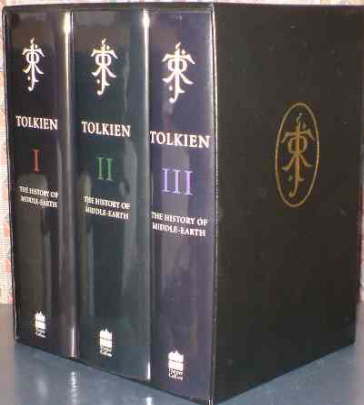Strange as it may seem large IT projects have some similarities to my favourite book – Tolkien’s “The Lord of the Rings”. By the time I was 21 I had read it at least a dozen times – that was well before the epic movie trilogy was even imagined by Peter Jackson. In my opinion Jackson created a crime against humanity given how many children will now miss the thrill of reading a book as captivating as the LOTR, purely because they have seen the movie.
Many may not know the details of how one of the most loved books of all time was almost lost to the world. In 1936, Tolkien’s first book “The Hobbit” was given to the chairman of George Allen & Unwin publishers, who in turn gave the manuscript to his son, Rayner Unwin, to review. Rayner, aged 10 at the time, gave a positive review of the book to his father who then published it to rave reviews.
Tolkien started work on The Lord of the Rings soon after the publication of The Hobbit, but the intervention of WW2 meant it took Tolkien until 1950 to complete the manuscript. It was then read by several publishers and rejected outright – deemed unsaleable, unsuitable, and not worthy of publication without major revision. Rayner Unwin, now aged 24 and a member of his father’s firm, heard of the rejections and insisted the manuscript be submitted to him personally. When he received it, he concluded it was “a work of genius”, and immediately contacted his father to insist that it be published.
Even for a large publishing house like George Allen & Unwin, the cost of publishing a book the size of the LOTR was excessive and the risk too great, so Tolkien agreed to divide the manuscript into three separate books. Over the ensuing 18 years, it is estimated that 50 million people worldwide read the trilogy.
That initial rejection of such a large manuscript (those publishers will forever rue their decision) was likely based on sound business reasons. As is true with any project, the risk of trying to do everything at once is often overwhelming. Often it’s just not even possible due to the sheer size, complexity and available resources. Breaking a project down into more manageable portions through prudent decision making will ensure that no matter the size of the project, if it has substance, it will not be any less of a masterpiece.







